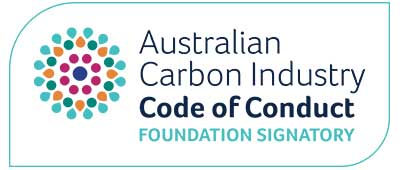The gamba threat
Could the spread of an African grass imported in the 1980s really threaten savanna burning projects?
Vanessa Adams and Aaron Petty think gamba grass could become a big problem: after being introduced into the Northern Territory in the 1980s to support the pastoral industry, it is starting to run rampant.
What’s the problem?
Gamba grass is a hardly perennial which copes well with the tropical summers so it has become an aggressive weed – perhaps it is already in position on around 20% of properties which could do savanna burning.
Gamba grass is a big grass – it grows up to 4m high, is highly flammable and its hot fires are overwhelming local cool fire adapted species. Aaron Petty reports one study showing a 50% reduction in local marsupials in 5 years because of hot fires.
The problem is that dealing with gamba grass can cost $40 per hectare but careful savanna burning only brings in less than $2 per hectare. With the rubbing away of biodiversity money, it’s a tricky equation to balance for landowners and carbon farmers. There’s even been suggestions of introducing elephants and rhinos to tame this grassy beast!
But gamba is just one of a number of threats including mimosa and rubber vine. Charles Darwin University and the NT Government are developing a decision tool called the Weed Risk Management System to assist landowners deal with all these problems.
It’s an area we will have to watch – carbon money can help rebalance how we manage land, but it’s not enough to deal with weeds and biodiversity on a broader scale.
Read the National Environmental Research Program and Aaron Petty for more on gamba.























